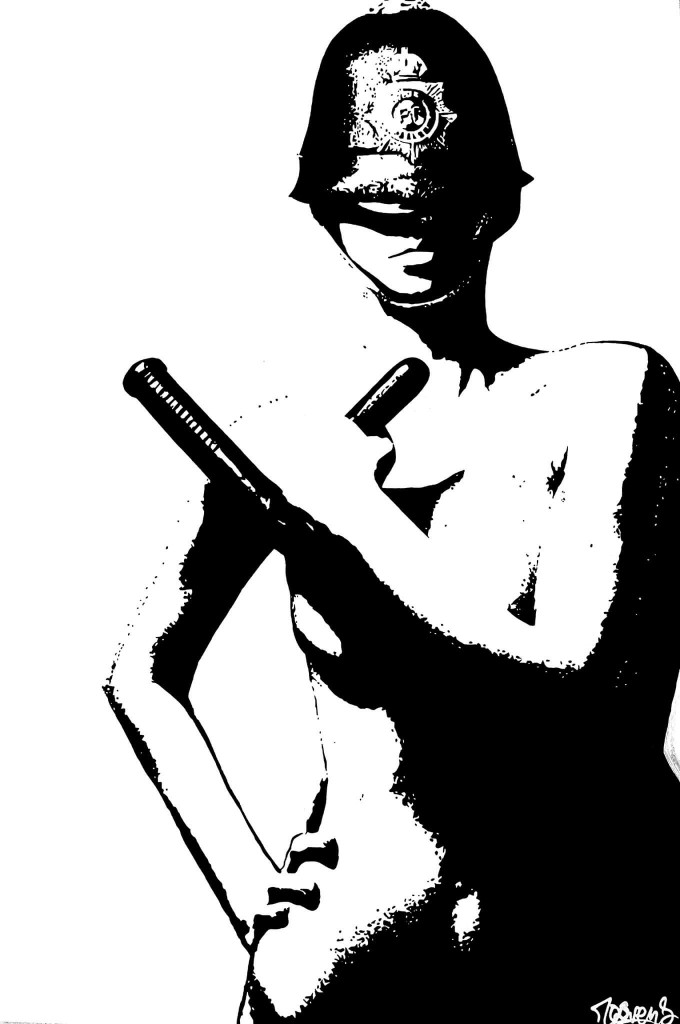No products in the basket.
Genres of Art, Wall Art
Figurative art in the home
Figurative art depicts a recognizable subject and while abstract art can evoke the feeling or idea of a particular scene or subject, figurative art is a clearer depiction, though it does not require photographic realism.
Art depicting the human figure is generally considered to be a classic, timeless choice when choosing a piece of art to display at home. Figure studies reminiscent of life drawing often feel calming and meditative, portraits tend to evoke emotions and a more complex and detailed picture can capture the viewers’ attention by telling a story.
When choosing figurative art of a human to display in the home, in addition to colour scheme, consider, what is the figure doing? Simple rendering of the human form can show that the buyer is artistically knowledgeable with classic tastes- for example, “Nude 5”, by Helen Parsliffe is a timeless figure study in ink.
Monochrome artwork is an asset to any décor scheme- fitting perfectly with a neutral toned room or balancing out the bold bright tones in a colourful room.
Choosing a picture that is a little bolder, like the monochrome and striking “La Policiere”, by Jeremy Le Mouel aka Mooven’s”, or the rainbow-bright “Victory Booty Whooty” by Rick van den Berg can be an exciting decision- offering a talking point in a room used for entertaining and giving a more subtle room some extra life.
It is a common misconception that figurative art must show a human figure; in fact, it is the depiction of a recognizable subject that makes an art piece figurative. Both “Chat de Ruelle” by Susan Diamond and “Green Nature” by Gena prominently feature the colour green and do not show a human at all. They are both examples of figurative art but evoke very different moods in the viewer; the former gives a sense of danger and unpredictability, while the latter is calming and reassuring.
Figurative artwork does not just include two-dimensional art, but applies to 3D media too; “Rose with Thorns” by Miriam Carrillo is a delicate but haunting mixed media sculpture showing the large white petals of a rose, with a tangle of thorns at its centre.
There are many reasons to choose to display a piece of figurative art that does not depict the human form. A landscape picture can be idealistic, transporting the viewer to a place of beauty and peace or excitement; a window to another world. Artwork featuring an animal or plant brings life to a room in a more unexpected way than a portrait of a person, and can celebrate the viewers’ love of the particular animal or plant.
Of course, when choosing a piece of art to display in the home, a particular reason for the choice is not always known. Sometimes when searching, a picture just speaks to your taste. Just like the way in which a subject is used to inspire figurative art; you know it when you see it!
Buy figurative art from our website today.

